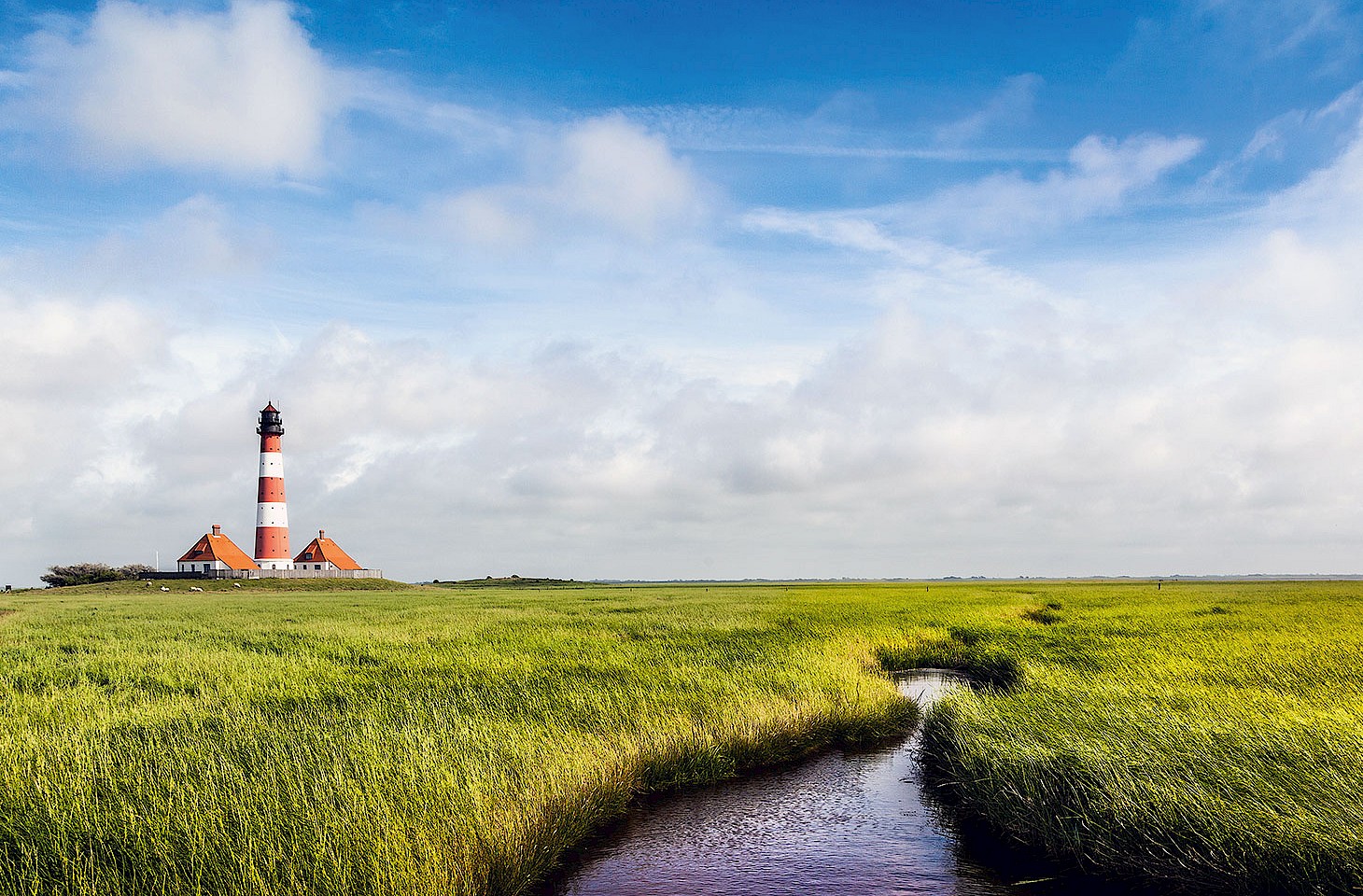Writ large in silhouette against the sky on the shingle beach at Aldeburgh are the following words: “I hear those voices that will not be drowned.” The line is etched into the steel of Maggi Hambling’s Scallop sculpture and taken from local poet George Crabbe — whose writing inspired the libretto for the opera Peter Grimes. As with any coastline, occasional drownings are a grim reality but, here at decorous Aldeburgh on the Suffolk coast, the North Sea seems to show a gentle, even benevolent face. Such is the gentility of the town — no longer much of a fishing centre but more a well-heeled resort for discerning metropolitans — the overriding impression is that any errant behaviour by the sea would be sternly dealt with by the formidable members of the town committee.
The building in which the town council still meets is the Moot Hall, a picturesquely Tudor structure which also doubles as a museum. Things have changed in the 400 years since the hall was erected. It now sits right next to the beach rather than in its original town centre location. Of course, it is not the building itself that has moved, rather it is the beach that has shifted inland. So the Moot Hall, with a nearby parade of beach huts, sums up the conundrum of Suffolk’s coastline.
The sea is not always as magnanimous as it might appear on a calm summer’s day, and centuries of relentless coastal erosion has resulted in much of Tudor-period Aldeburgh being wiped — or rather, washed — from the map. Longshore drift is the culprit here: an unyielding force of nature that scours beaches, chips away at cliffs and slowly but determinedly undermines the topographic integrity of this ever-changing coastline.
The endgame of this vanishing coastline scenario can be seen at its most dramatic at Dunwich, a few miles to the north. Fearsome mediaeval storms, many mentioned in the Anglo-Saxon Chronicle , and the constant attrition of coastal erosion have reduced this erstwhile seat of the Anglo-Saxon bishops of East Anglia to a fraction of its former self. In the early mediaeval period there were hundreds of houses and dozens of churches in what was then a large and important port; today all that remains is a single church and a few priory ruins along with a car park, a pub and a café.
The sea is not always as magnanimous as it might appear on a calm summer’s day, and centuries of relentless coastal erosion has resulted in much of Tudor-period Aldeburgh being wiped — or rather, washed — from the map.
Dunwich’s beach is popular with bathers in summer and the story of the village’s historic loss to the sea provides additional novelty value for those who visit. Apocryphal tales of church bells heard chiming eerily beneath the waves on stormy nights add a little extra local colour — everyone loves a good ghost story.


